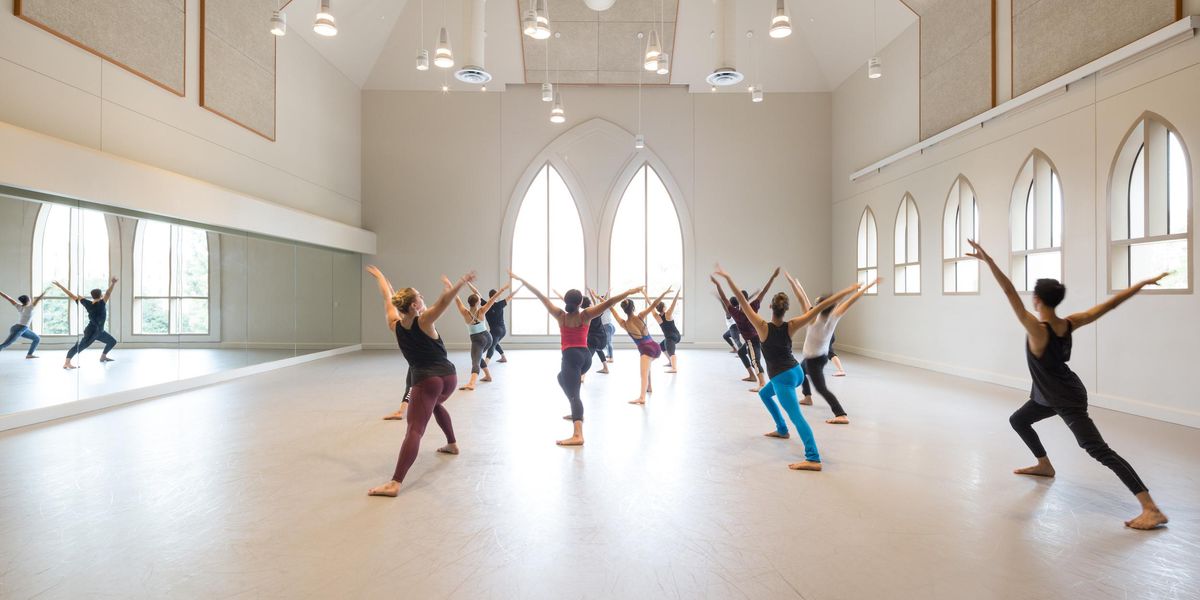Inside the Kylián Festival
After cutting off ties with his beloved Nederlands Dans Theater, for which Jiri Kylián, 67, was artistic director and choreographer for a total of 35 years, creating almost a hundred ballets, Kylián now focuses on older dancers with his motto: All ages dance “from the womb to the tomb.” In Korzo, a theater in The Hague, Kylián recently presented four small works for six elderly dancers—five of whom were former NDT dancers—in a 10-day “Kylworks” festival. A research book was launched, workshops and a concert were given, and three dance films were shown. (Film is for Kylián a essential extension of fantasy.)
The opening performance was East Shadow created for Sabine Kupferberg, 63, and Gary Chryst, 64. With a score by pianist Tomoko Mukaiyama and a film by Jason Akira Somma, the piece was dedicated to the victims of the Japanese tsunami. Kupferberg and Chryst appear live and in film, both of which are seen simultaneously with the same background: two identical rooms with a window, a door, a table and two stools.
How does one relate to the other when a catastrophe is about to happen? On Beckett’s absurdist text Neither about partnership, Kupferberg and Chryst express with mime and enlarged movements their silent arguing. Tension and unrest come between them; they move around, touching, embracing and finally surrendering to sorrow.
In the film, their dancing is fierce: They pull and push each other, bodies stretched out on the table and floor while the score of Mukaiyama, who performs live on stage, evolves from quiet to wilder episodes combined with sounds of rain and thunder at the end. The moving images of their dance are in fast motion and alternated with black and white stills, which give the film the serenity and beauty of a film noir. There are close-ups of anxiety on the dancer’s faces, large jumps, slides over the floor, while a swelling sea rolls down. The catastrophe happens and then suddenly silence. It’s both impressively danced and filmed.
Besides this premiere, three older ballets were adapted by Kylián. In Anonymous (2011) Kupferberg and dancer Cora Kroese are captured in a sea of gold paper, in which they can only move their upper torsos, portraying elegancy and beauty—as they want to be seen. Above them plays a film by Somma with distressing images of the two women hanging upside down, tormented and hidden in dark leaves—their inner life—accompanied by scratching music.
The sensual duet 14’20” (2002) performed by Aurelie Cayla and Lukas Timulak portrays love, tenderness, alienation, growing old and is intensely danced by these younger dancers, to a new composition of Dirk Haubrich.
As a grand finale, Birth-Day (2001) to music by Mozart, is performed by five dancers in baroque costumes positioned around a long table. A tragic-comedy, a birthday brings one closer to death. A fast motion slapstick film of love-making on a bed combines with the clownish behavior at the table. The dancers Michael Schumacher and David Krugel join in this festive ballet, closing this unique “Kylworks.”




